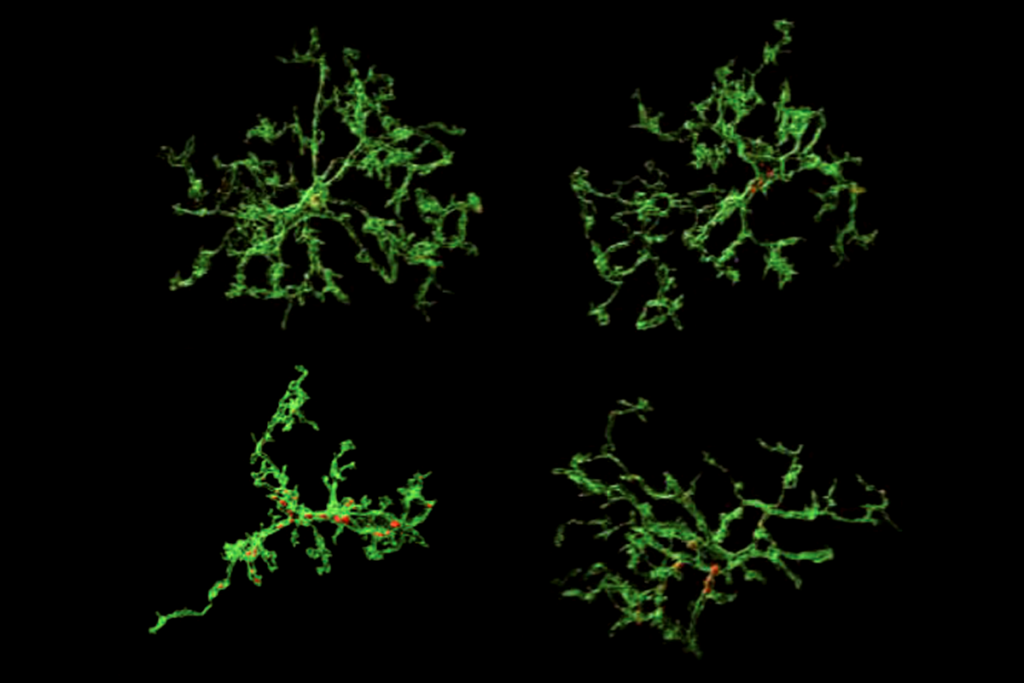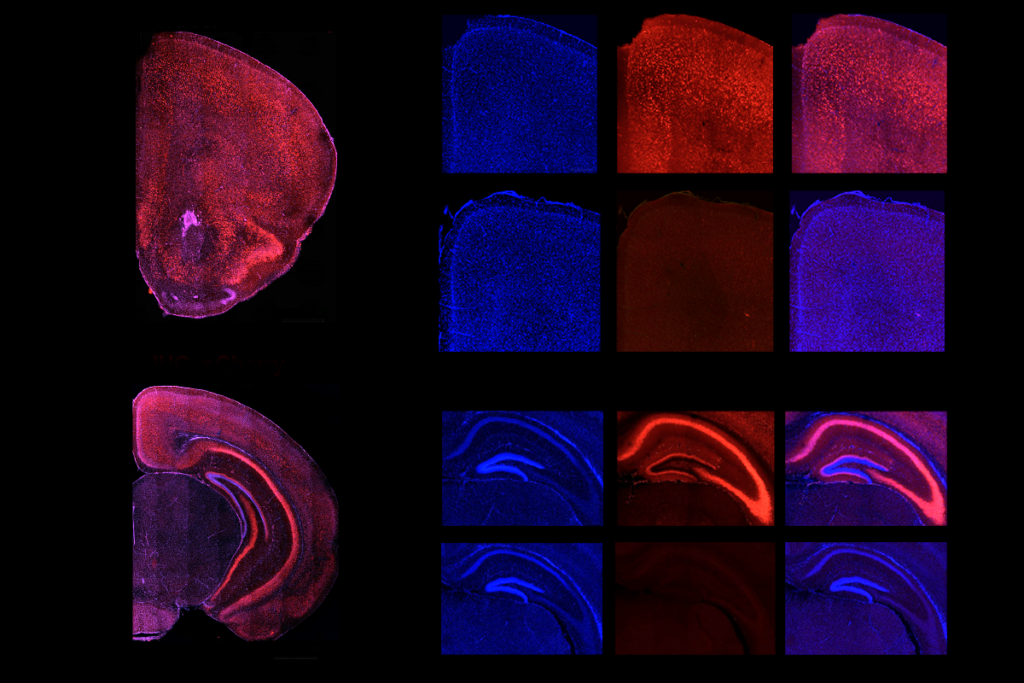Rare, common variants together boost gene analysis
A new statistical method for linking genes to a disorder analyzes both rare and common variants of a gene at the same time, according to a study published 14 May in the American Journal of Human Genetics. This makes it possible to confirm associations that other techniques might overlook.
A new statistical method for linking genes to a disorder analyzes both rare and common variants of a gene at the same time, according to a study published 14 May in the American Journal of Human Genetics1. This makes it possible to confirm associations that other techniques might overlook.
Some rare mutations, typically present in less than one percent of the population, are strongly linked to autism. Evidence is weaker for common variants’ link to the disorder, but some studies suggest that many common variants may together contribute to autism, or act with environmental factors to raise risk.
Genome-wide association studies, or GWAS, investigate whether variations in a gene are found more often in individuals with autism than in the general population. But this method requires large numbers of participants (on the order of tens of thousands of people) in order to confirm a statistically significant link between a gene and a disorder. Also, for statistical reasons, most GWAS methods downplay the contribution of common variants.
In the new study, the researchers developed an analysis that separately calculates the contributions of rare and common variants for a given gene, then combines the results into one measure.
Using this method, they assessed the link between the LRP2 gene and autism. Studies sequencing the coding portion of the genome have found both rare and common variants in LRP2 in people with autism. Across a group of 430 people with autism and 379 controls, the new GWAS method, but not traditional ones, finds a significant link between this gene and autism.
References:
1: Ionita-Laza I. et al. Am. J. Hum. Genet. Epub ahead of print (2013) PubMed
Recommended reading

Constellation of studies charts brain development, offers ‘dramatic revision’

Functional connectivity links with autism, not ADHD; and more

Ramping up cortical activity in early life sparks autism-like behaviors in mice
Explore more from The Transmitter

‘How to Change a Memory: One Neuroscientist’s Quest to Alter the Past,’ an excerpt
